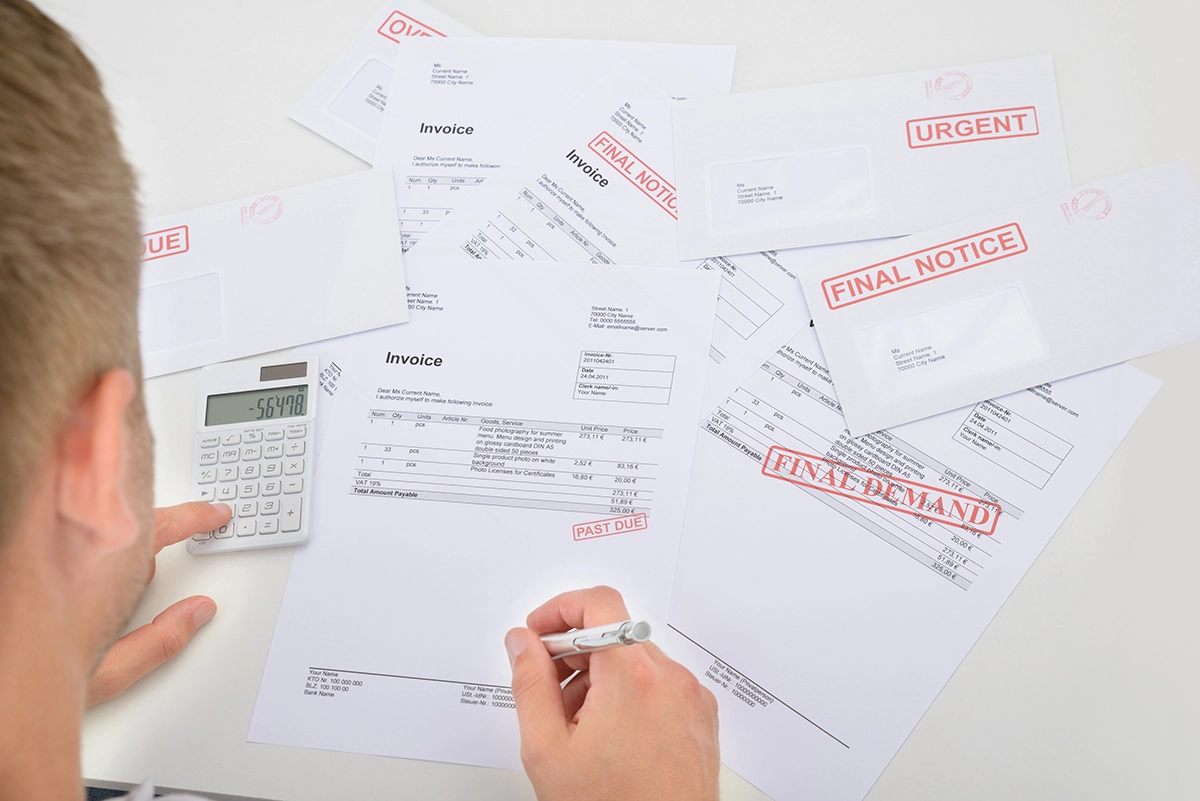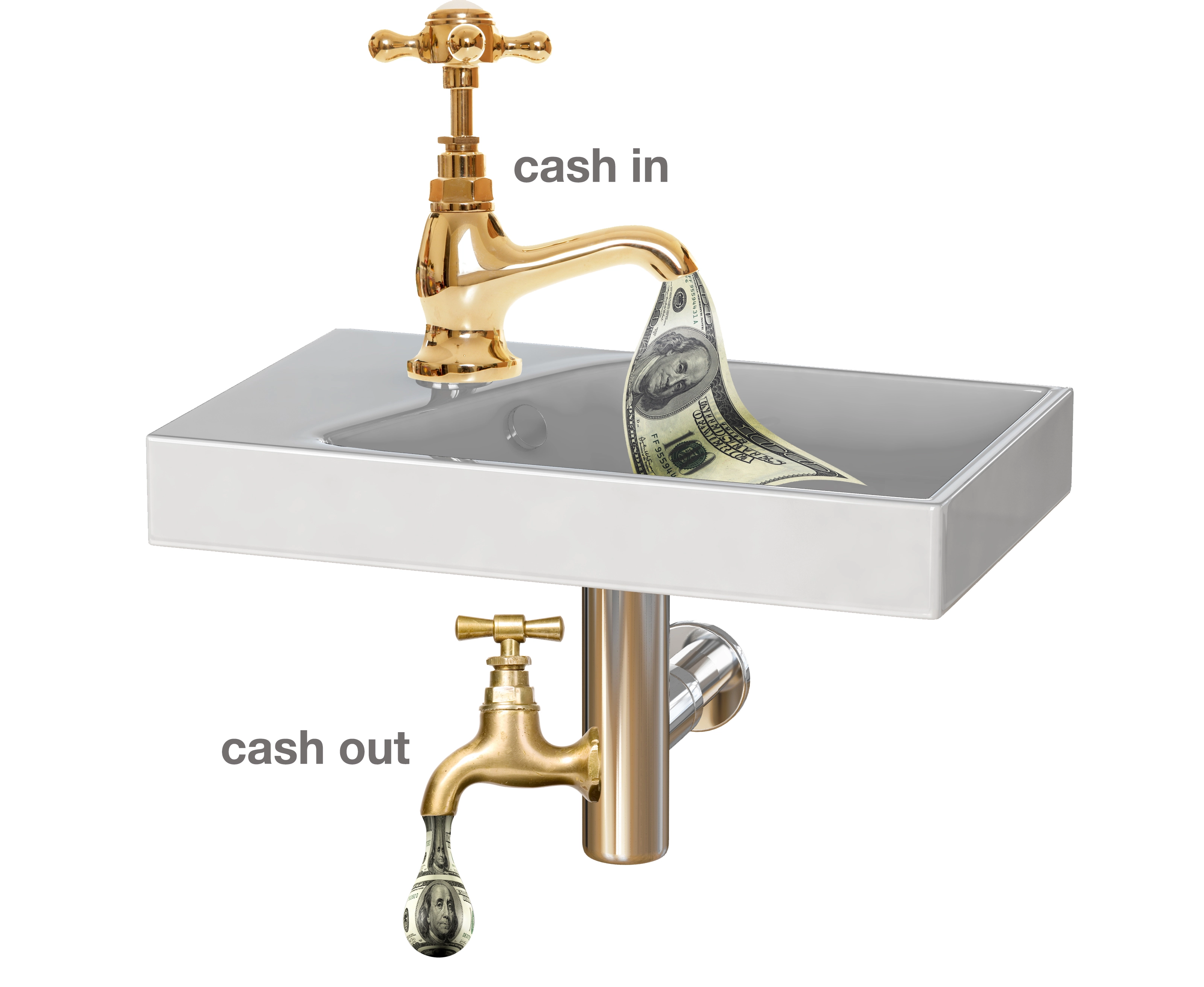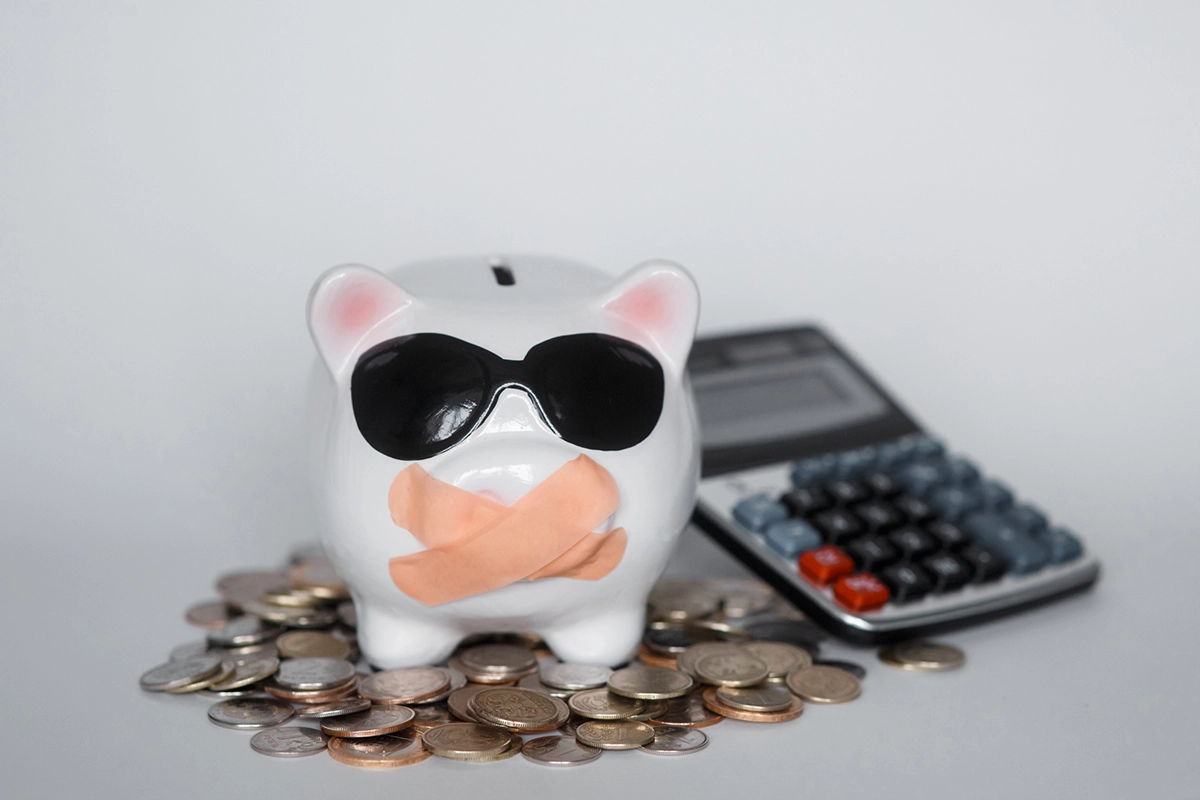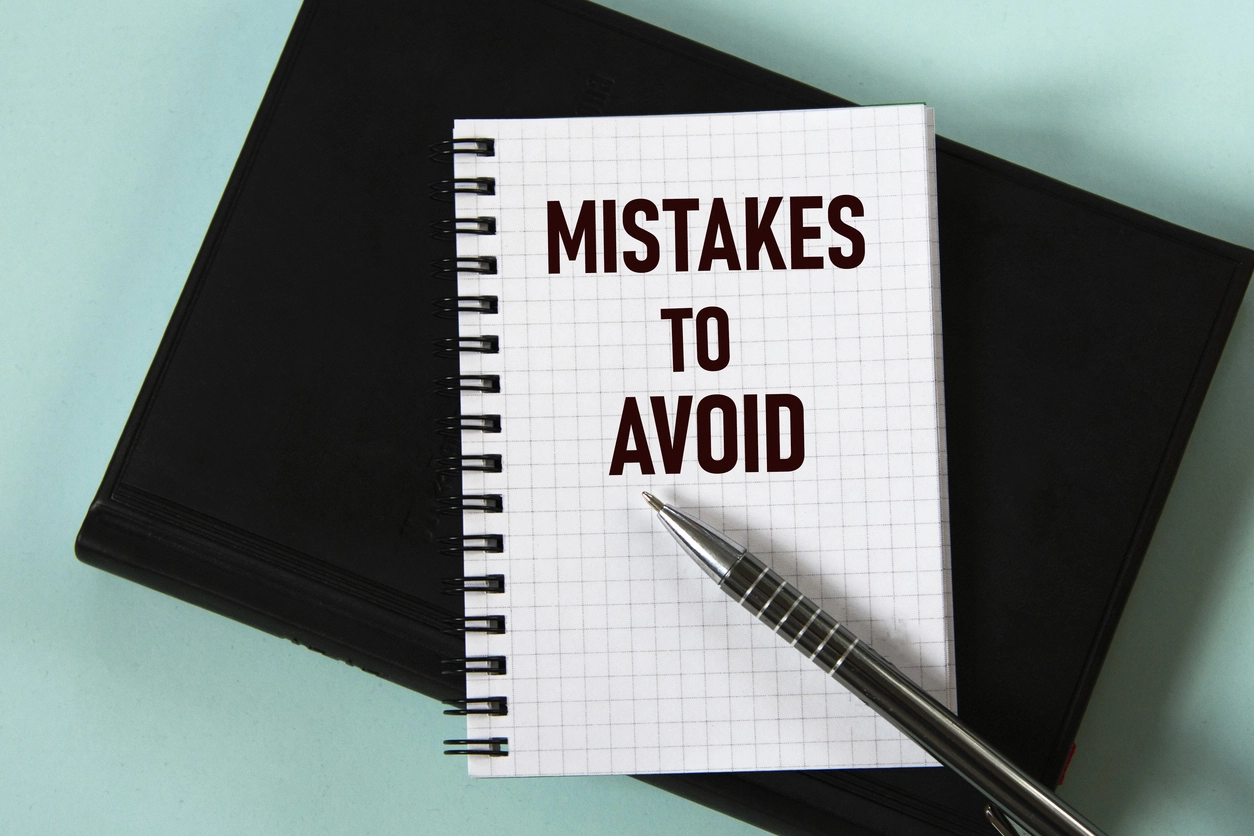Convertibility to cash determines "current" or "fixed."
Assets are divided into two categories on your company’s balance sheet: current assets and long-term — or fixed — assets.
Current Assets
Current assets are either cash or assets that can be turned into cash within a year. The major categories of current assets are cash, investments, accounts receivable, inventory, and prepaid expenses. Occasionally, your company will have some unusual current assets. However, on an operational or day-to-day basis, these are the categories on most contractors’ balance sheets:
Cash and investments: Cash is cash. Cash includes the money that’s in your bank account, petty cash that’s at the office, as well as any money market funds that can easily be converted to cash.
Investments are stocks and other relatively liquid investments that can be sold quickly for cash. Look at the cash portion of your business as what you use to write a check immediately to pay an invoice.
Cash must be positive on your balance sheet. Negative cash amounts are one of the biggest flaws I see in a balance sheet. Your company cannot have a negative cash balance in the bank. Your banker will not fund checks written without enough funds to cover them!
Normally, when there is negative cash on the balance sheet, the company’s bookkeeper has printed all of the payables due without taking the dollars available in the checking account. The computer only knows to decrease the cash by the amount of the checks written — it doesn’t check to see whether there is sufficient cash to cover those checks! The bookkeeper may hold the checks until the funds are available. However, the financial statements are wrong when this happens. You need accurate cash balances and accounts-payable balances to make good financial business decisions.
Accounts receivable: There are three types of accounts receivable. The first is trade receivables, i.e., customers who owe the company money for work performed. Retainage (on large residential and commercial projects) is often broken out. The second type of receivable is employee receivables, i.e., the company has loaned money to employees who pay it back through payroll deductions. The third type of receivable is owner receivables, i.e., the company has lent money to owners. As an owner, if you plan on paying the company back within a year, then include owner’s receivables in current assets. If you, as an owner, don’t expect to pay the money back within a year, then put the owner receivable in long-term assets.
Many times the balance sheet includes an allowance for doubtful accounts. If an invoice is 90 days old or older, this invoice should be put into an allowance for doubtful accounts. The likelihood is that it’s going to be tough to collect that money. So, the company doesn’t count it in the financial analysis each month. Accounts receivable are trade receivables, employee receivables, and owner receivables paid back within a year less an allowance for doubtful accounts.
Inventory: Inventory is another area where contractors skimp, and as a result do not have accurate financial statements. If the inventory balance is the same each month or is not even accounted for on the company’s financial statements, those statements are wrong. Most contractors have and use inventory. It must be accounted for properly to ensure that it isn’t wasted, damaged, or disappears.
Inventory must be counted at least annually and accounted for each month. I’ve seen a lot of balance sheets that have the same inventory amount each month. That’s not real. The company purchases material and uses material every business day. It is very unlikely that it will have the same dollar volume of inventory at the beginning and the end of the month. Start with a beginning inventory, add the purchases, and subtract the usage. Most accounting programs let you do this easily as long as you track job cost.
Prepaid expenses: Prepaid expenses are those expenses that the company paid for a longer period of time than one month. For example, if the company pays its insurance once a year, and that payment covers the entire year, the only expense the company has each month is 1/12 of that total insurance payment. So, if the company paid the entire yearly premium of $1,200 in January, there is $100 in insurance expense in January, and $1,100 of prepaid expenses. In February, there is another $100 in insurance expense and $1,000 in prepaid expenses. This continues for the year until all of the insurance expense is paid, and there are no pre-paid insurance expenses on the balance sheet.
Here’s why the insurance payment is an asset to the company: If you decide to change your insurance company in the middle of the year, the first insurance company has to refund the company the portion of the year that hasn’t been insured. The company gets the asset back, so it’s a prepaid expense. The expense is an asset to you until you use it.
Mechanical contractors: There are two other categories of current assets used by mechanical contractors: They are work-in-process and underbillings. Work-in-process is used when you want to accrue revenues and expenses until the contracts are completed. Underbillings are when you have completed work but have not fully billed for that work.
In summary, current assets are cash and cash equivalents, money market funds, liquid investments, accounts receivables, inventory, and prepaid expenses.
Now let’s take a look at long-term — or fixed — assets.
Fixed Assets
Long-term or fixed assets are what I call “the stuff.” They are furniture, fixtures, buildings, vehicles, and other things in your company that don’t turn into cash easily. They’re the things that are used for a long period of time. These are assets that do not turn into cash within a year.
The tax laws constantly change with the amount of purchases that the company can “write off” each year. That means the company can expense these purchases rather than having to depreciate them over a longer time period. Talk with your accountant to see what is appropriate for your company.
Depreciation is the portion of a purchase that can be expensed each year. Your accountant should give you a depreciation schedule for the company’s assets showing the dollars that should be depreciated each month.
The last long-term asset is a deposit. Many times when the company moves into a new facility, the landlord asks for a rent deposit, or the utility company asks for a deposit, etc. These deposits are held for a specific period of time, and usually longer than one year.
Remember to put an owner receivable in long-term assets if you aren’t planning on repaying the loan within a year. As an owner, it is your right to have the
company make a loan to you. However, if you don’t have an intention of repaying that loan within a year, it belongs in fixed assets.
In summary, there are two parts to the asset segment of the balance sheet — current assets and fixed or long-term assets. Next month I’ll write about the other side of the balance sheet — the liabilities and net worth segments.





